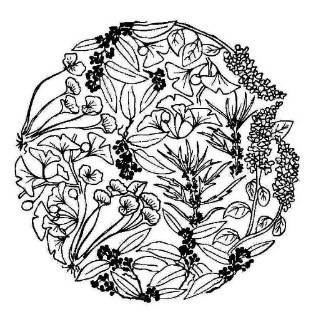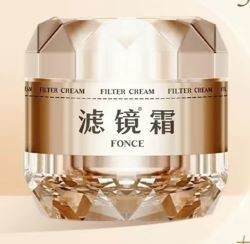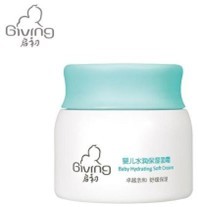In a market economy, the packaging and decoration of goods is no longer just the pursuit of beauty in appearance, but also an important and effective way of commodity competition, and has gradually become an important intangible intellectual property and competitive advantage of enterprises. At the very beginning of using related packaging and decoration, enterprises should begin to pay attention to the intangible asset of commodity packaging and decoration.
The distinction between commodity packaging and decoration
Article 3 of China’s Certain Regulations on Prohibiting Unfair Competition Activity Concerning Imitating Specific Names, Packaging or Decoration of Well-known Commodities stipulates that “packaging as mentioned in these Regulations refers to an auxiliary object or a container for a commodity making the commodity easy to be identified, carried about, stored and transported. Decoration as mentioned in these Regulations refers to the writing, design, color and their combination attached to a commodity or its packaging so as to identify and beautify the commodity.”
Generally speaking, when the decoration is attached to the commodity, it becomes an integral part of the commodity itself; When the decoration is attached to the packaging of goods, it becomes the attachment of goods as an integral part of the packaging. At this time, the packaging and decoration are integrated.
According to China’s intellectual property laws, regulations and judicial precedents, there are four protection modes for commodity packaging and decoration in China. This article will compare the advantages and disadvantages of the four protection modes and put forward legal suggestions for the best protection.
Comparison of legal protection modes and their advantages and disadvantages for commodity packaging and decoration in China
Copyright legal protection mode
Protection method: Claim that packaging and decoration are original works, demand that the infringer stop producing and selling infringing goods and claim damages.
Typical case: A well-known pharmaceutical company in China used the same decoration on their acne gel cosmetics as the influential Tuanhua costume pattern on the Herborist cosmetics brand . Our lawyer Grace Guo was entrusted by the plaintiff, the well-known cosmetics listed company, to represent the Herborist Tuanhua pattern copyright and unfair competition disputes, and won both cases. In response to the infringement of the decoration, not only did she stop the infringement, but also obtained a high compensation of about Rmb1.5 million (US$211,500).













